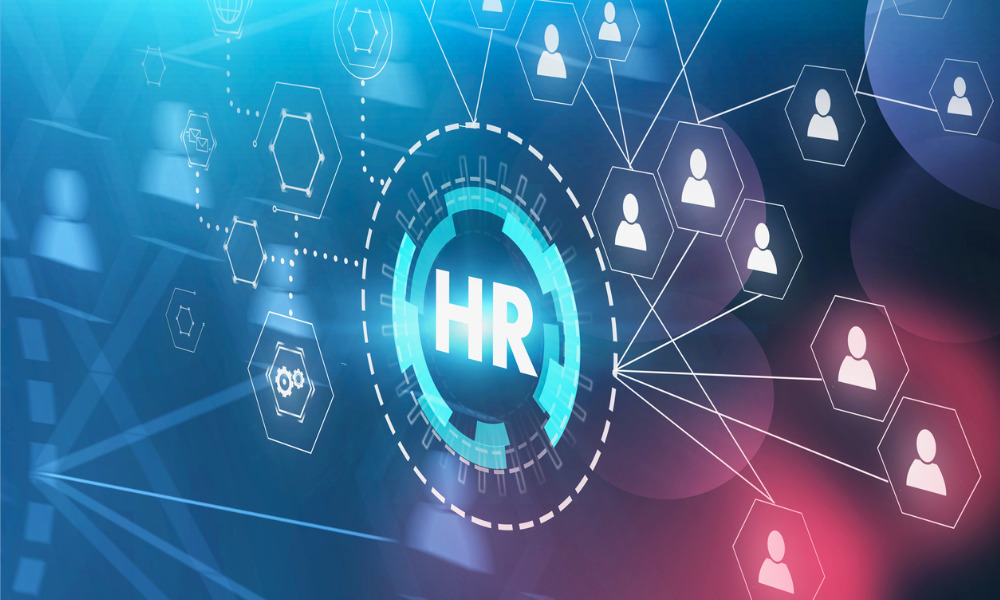
'There's been a dramatic shift in purpose and process since the pandemic'

The changes brought about by the global pandemic only made the HR function stronger and more capable of leading – that’s according to one leading Canadian CHRO. Speaking to HRD, Dr Raeleen Manjak, chief human resources officer at the City of Vernon, explained that the skills HR practitioners honed over the past year, and the significant challenges they faced, has led to the emergence of a whole new leadership style.
“There’s been a dramatic shift in purpose and process since the pandemic,” she told HRD. “Not only has human resources been there to guide the organization and the workforce through the various iterations and transitions of the pandemic impact, there’s also been the requirement to learn, redesign, and reimagine the go forward within the workplace. The adaptability related to systems thinking from a human resources perspective is a critical capability.
“The work around company culture and leadership that motivates employees to move together toward a shared purpose and vision that is clear, midst the ambiguity is critical. This has created a more challenging environment, especially dealing with talent challenges, talent strategies, and the ability to sustain levels during the current reshuffle.”
Read more: Vaccine mandate no issue for us, says TFI International
For example, Dr Manjak told HRD that there’s been much more work conducted within the virtual realm. Talent acquisition moved from in-person to virtual, with opportunities to participate in virtual career fairs and hiring events only accelerating during the pandemic. This, however, didn’t end when COVID did – rather these trends have only continued to grow in importance and popularity – which helped HR leaders manage their jam-packed schedule.
According to a recent report from UKG, 87% of HR professionals saw an increase in their workloads since the pandemic began. And while there was a desire to invest in technology and tools to supercharge innovation, the survey found that budget constraints were simply too tight for investments. This was a major barrier for HR professionals to overcome – having to work on tight budgets whilst simultaneously keeping the business profitable and their people safe.
“HR leaders had to place a lot of importance on addressing the ever changing workplace as policies and regulations related to workplace safety,” added Dr Manjak. The rapidly changing environment had to be monitored, so that compliance could be maintained while ensuring that the organization creates a sense of community and camaraderie. These linkages and shared understandings provide opportunities that permit employees to work together, effectively. And again, returning to the importance of a mental health strategy that supports all of the critical work is necessary for business. This urgency to take care of employees and embed a direction to not only demystify and destigmatize mental health, but to create space in organizations that expands the scope and promotes a healthy working environment.”
Read more: Do you have to pay for employee commutes?
Whatever the major challenges have been – and believe us there have been many – HR has emerged form the pandemic stronger than ever. Now, the issue moving forward will be maintaining this momentum and propelling the function to even greater heights.